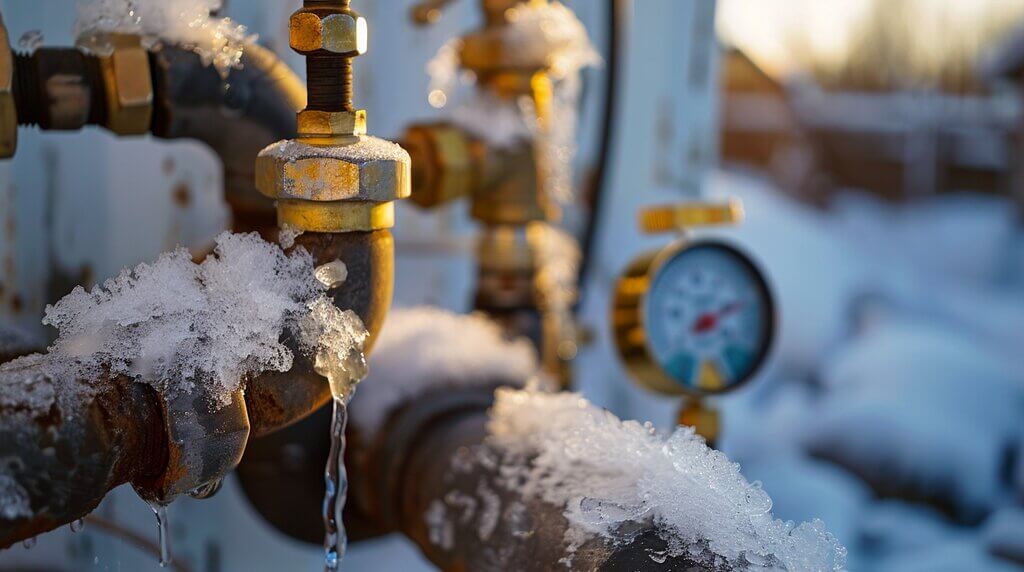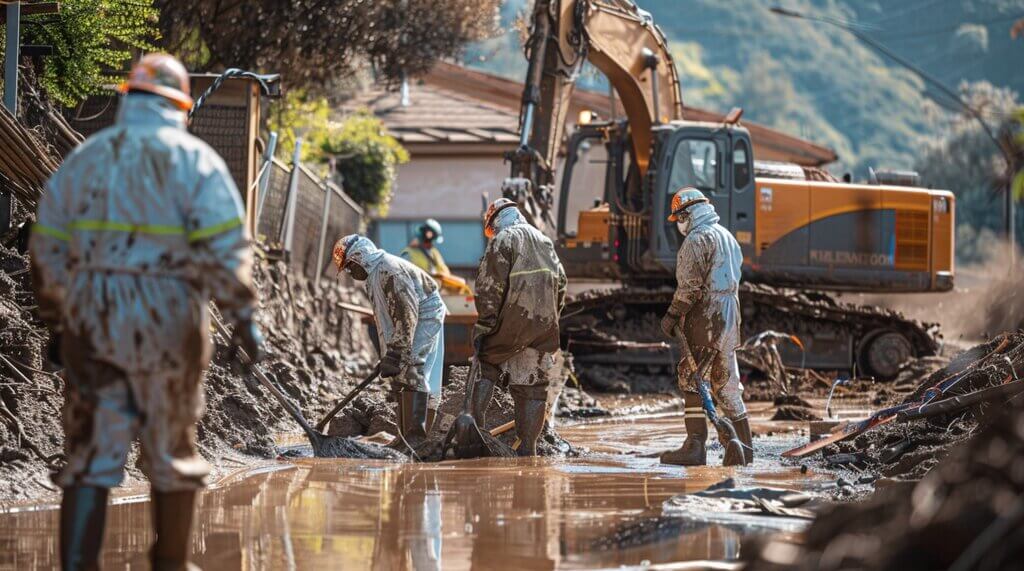Water Damage vs. Flood Damage: Key Differences Discussed
Introduction
Water damage and flood damage are terms often used interchangeably, but they are not the very same. Understanding the distinctions in between these two kinds of damage is vital for house owners, insurer, and repair professionals alike. This short article aims to offer a thorough introduction of water damage and flood damage, exploring their causes, impacts, avoidance methods, and repair options. By the end of this detailed guide, you'll have a clear understanding of how to recognize each kind of damage and what steps to take when confronted with them.
Water Damage vs. Flood Damage: What's the Difference?
When talking about water damage versus flood damage, it is very important to define each term clearly.
What is Water Damage?
Water damage generally describes harm caused by water intrusion into homes or structures from internal sources such as plumbing leakages, device breakdowns, and even condensation. Some common examples of water damage include:
- Leaks from pipes
- Overflowing sinks or bathtubs
- Roof leakages due to heavy rain
- Burst cleaning device hoses
Causes of Water Damage
Identifying the causes can assist in mitigating threats. The most widespread causes include:
What is Flood Damage?
Flood damage refers particularly to water inundation that goes beyond regular levels, typically from external sources such as heavy rainfall or storm surges. Floods can arise from:
- Heavy rainstorms
- Melting snow
- Hurricanes or extreme weather events
- Broken levees or dams
Characteristics of Flood Damage
Flooding is normally defined by standing water that can cover large locations and typically brings debris in addition to it. Floodwaters also tend to include contaminants, making them hazardous.
Understanding Water Damage: Causes and Solutions
Causes of Water Damage
As talked about previously, there are numerous sources that can cause water damage in your house:
- Aging pipelines can wear away over time.
- Improper setup can cause leaks.
- Missing shingles can expose your home to rain.
- Poor insulation can trigger condensation.
- Water may leak through cracks in your structure during heavy rains.
Solutions for Water Damage
To reduce prospective water damage:
Top Indications of Water Damage in Your Home
Detecting water damage early on can conserve you thousands in repair work down the line. Here are some signs you need to watch out for:
1. Discolorations on Walls or Ceilings
Discoloration on ceilings or walls may show a leakage above or inside the wall structure itself.
2. Musty Odors
A relentless moldy smell frequently points towards mold growth due to trapped moisture.
3. Peeling Paint or Wallpaper
Bubbling paint exposes underlying moisture issues which could intensify if left unattended.
4. Distorted Flooring
Hardwood floors may buckle while laminate flooring might start turning up due to caught wetness underneath them.
Emergency Water Damage Repair: What You Required to Know
Understanding emergency repair procedures is necessary if you come across unexpected water intrusion in your home:
1. Shut Off Main Water Supply
First things initially-- stop the source! Shutting down the main valve will avoid more flooding.
2. File the Damage
Take pictures for insurance claims; this will be vital later on.
3. Start Drawing Out Water
Use mops and pails if it's manageable; otherwise, contact experts immediately!
How to Select the very best Water Damage Repair Company
Choosing a reputable repair work business makes sure quality work and assurance during an overwhelming situation:
1. Validate Credentials
Check licenses and accreditations particular for water restoration services within your locality.
2. Check out Reviews
Look at customer testimonials online; platforms like Google Reviews provide insights into previous clients' experiences.
3. Inquire about Equipment
Ensure they use cutting edge technology for drying and repair procedures (like thermal imaging).
The Value of Immediate Water Damage Restoration
Why is instant action so essential? Here are a number of factors:
Top Tools Used in Water Damage Repair Services
Professional repair business utilize specialized tools for effective clean-up and repair after water incidents:
|Tool|Function|| --------------------------|----------------------------------------------|| Dehumidifiers|Minimizes humidity levels post-extraction|| Air Movers|Speed up drying procedure|| Moisture Meters|Evaluate moisture levels in materials|| Thermal Imaging Cameras|Discover concealed moisture behind walls|
How to Prevent Mold After Water Damage
Mold poses severe health threats; here's how you can avoid its growth after experiencing any kind of wetness intrusion:
1) Dry Out Affected Areas Quickly 2) Use Dehumidifiers 3) Guarantee Appropriate Ventilation 4) Tidy Up Instantly After Repair work
Drying Strategies for Water-Damaged Properties
Effective drying methods differ depending upon the severity and type of material impacted:
For Carpets:
- Remove carpets immediately; clean them effectively using professional-grade equipment.
For Walls:
- Use air movers directed towards wet surfaces until entirely dry.
Common Water Damage Misconceptions Debunked
Myths surrounding water intrusion typically lead property owners astray regarding efficient services:
1) Myth: "Insurance covers all kinds of water damage." Fact: Lots of policies omit certain occasions like floods unless additional protection is obtained. *
2) Myth: "You don't need professional help for little leaks." Fact: Even minor leaks can intensify with time without correct intervention. *

Steps in the Water Damage Repair Process
Understanding what happens during a repair work procedure prepares property owners for what's next once professionals arrive on-site:
1) Initial Evaluation 2) Containment 3) Extraction 4) Drying & & Dehumidification 5)Cleansing & Sanitizing 6)Restoration
Top Causes of Basement Water Damage
Basements are particularly susceptible; some crucial causes include:
1)Poor Drainage Systems 2) High Groundwater Levels 3) Structure Cracks 4) Sump Pump Failure
Ceiling Water Damage: Causes and Repair Tips
Water-damaged ceilings signal severe underlying concerns; think about these elements when evaluating prospective fixes:
Common Causes:
- Roof Leaks
- Plumbing Issues Above Ceiling
Repair Tips:
- Identify source before starting any repairs.
- Replace damaged areas with new drywall if necessary.
Why Expert Water Extraction Is Crucial
Attempting DIY extraction might intensify conditions; professionals know how much moisture requires removal based on sophisticated evaluations. * They use powerful vacuums tailored particularly for extracting excess liquid efficiently. *
DIY Water Damage Repair work: What You Can and Can't Do
Many homeowners select DIY repairs but tread thoroughly! Here's what you must handle yourself versus when you should call a pro:

You Can Handle:
- Small stains or surface-level issues
- Removing furnishings from impacted areas
Call A Pro For:
- Major flooding events needing extraction technology
- Complex plumbing problems leading directly into walls
Continue broadening upon each heading until reaching a total word count closer to your target length while following similar format standards across all subjects pointed out above!
